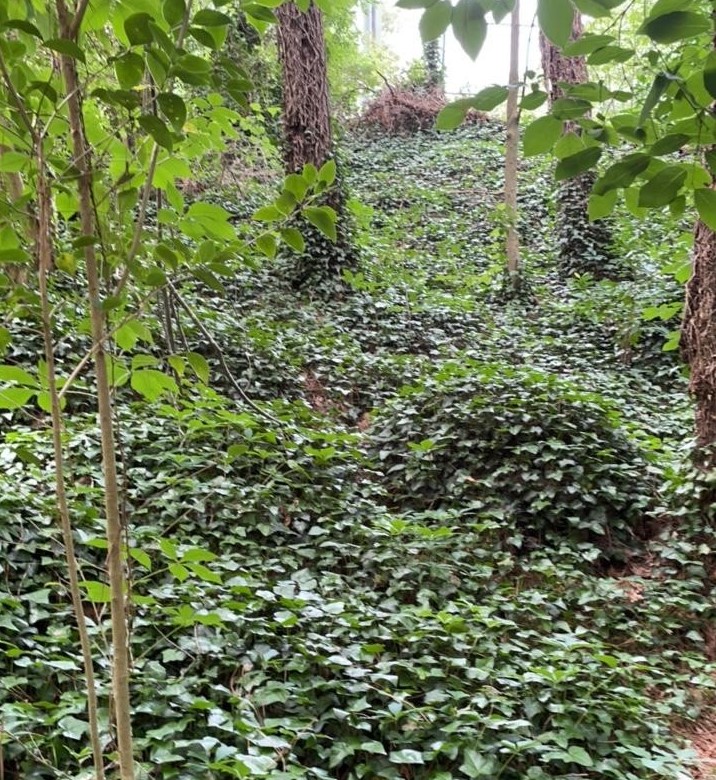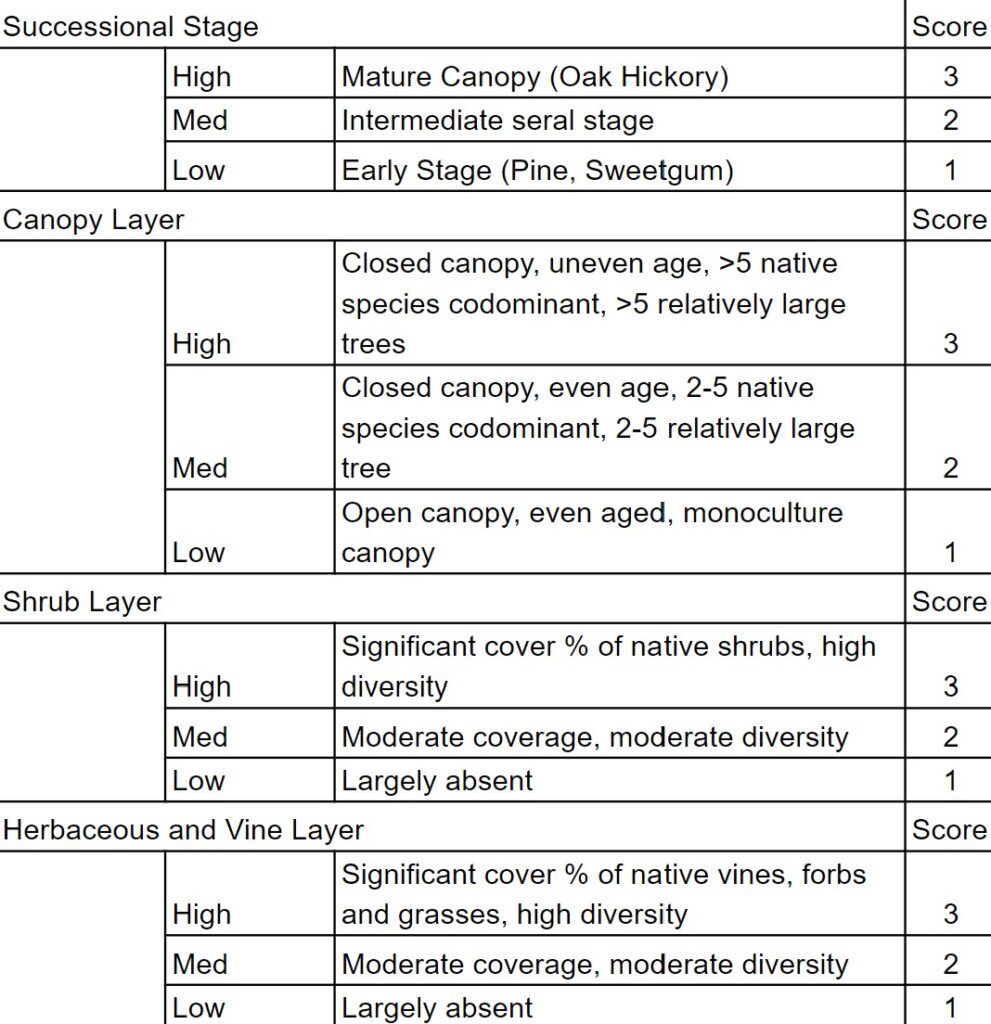Eben Preston: Invasive Plant Specialist with Raleigh Parks

Everyone enjoys a lovely trip to Anderson Point Park, Lake Johnson or any of the other wonderful parks the city of Raleigh has to offer, but did you know that our parks are currently under attack from foreign invaders. These invaders have no face, can be as tall as a building or as small as a bee, and multiply at an incredible rate! The invaders happen to be non-native invasive plant species and they are threatening the health of our parks. Non-native invasive plant species outcompete native species, decrease biodiversity and alter the structure of ecosystems. These species can come in many forms including forbes, shrubs, trees and vines. The city of Raleigh currently fights against non-native invasive plant species by removing them, applying herbicide or any other techniques used to kill the plants. Despite these efforts, invasive species are increasing their presence in our parks and harming the ecosystem.

About My Internship: Over the summer I worked for the city of Raleigh, in the Parks, Recreation and Cultural Resources department. My supervisor was head of the Invasive Species Unit within the department and hired me to work as an Invasive Species Specialist. Another student, Lacey Gibbs, was also hired for the same position and we worked together for the entire summer. Our job was to visit various parks around Raleigh and give them a numerical score based on three main categories: ecological health, non-native invasive (NNI) species impact, and cultural value. Over the course of 13 weeks we visited 70 properties owned by Raleigh Parks. Once we finished the field work all the data was compiled into a final report and spreadsheet. The goal of this project was to create a management prioritization model that Raleigh Parks could use to help determine the allocation of resources. Our model would help showcase which parks are the most invaded and need the most remediation as well as which parks hold the most cultural significance.
The Scorecard: As stated before, the scorecard had three main categories: ecosystem health, NNI species impact, and cultural value, with each having their own subcategories. Some subcategories were scored by collecting data in the field while others required GIS technology. Scores were reported for each section and totaled together to give an accurate understanding of the quality of each site. To the right is a section out of the ecosystem health category. As you can see, characteristics of a healthy ecosystem are assigned a higher value. The range of total possible scores is from 14 to 63, with the higher scoring sites being of higher quality naturally and culturally. Cultural values were determined by looking at the physical resources the park had such as community centers or playgrounds and by looking at data like visitation numbers. Parks with plenty of community resources and consistent visitors earned higher scores. As for the NNI section, the diversity of invasive species present as well as the infestation coverage were taken into account. Heavily invaded parks with high ecosystem and cultural values were of higher priority for management compared to invaded sites with low ecosystem and cultural values. We mapped the locations of invasives using the ArcGIS app FieldMaps.

What We Found: After visiting a majority of the sites in the Raleigh Park system we found that our parks are extremely invaded! The most common non-native invasive plant species found were English ivy (Hedera helix), Japanese honeysuckle (Lonicera japonica), common privet (ligustrum sinense), Japanese stiltgrass (Microstegium vimineum) and autumn olive (Elaeagnus umbellata). Of these species we believe Japanese honeysuckle and English ivy pose the highest threat to our parks. Both of these species are vines that have the ability to blanket the forest floor, choking out native species and limiting biodiversity. Extremely invaded areas even saw these species suffocating the canopy layer and slowly killing the trees. Some of our most invaded parks include: Walnut Creek Wetland Center, Carolina Pines Park, Jaycee Park, Ridge Road Park and Hymettus Woods. Some of our least invaded parks: Honeycutt Park, Leesville, Forest Ridge, Baileywick Road and Barwell Road.

My Favorite Park: Over the course of the summer I visited A LOT of parks and there wasn’t a single one I enjoyed more than Leesville Community Park! This park has wonderful community elements including a public library and a huge playground, but best of all this site has about 50 acres of pristine, healthy forest. Within the canopy, many awesome plant species can be found, such as ground cedar (Diphasiastrum digitatum), mayapples (Podophyllum peltatum), wild comfrey (Andersonglossum virginianum) and many species of fern. A small stream runs through the middle of the park that provides important habitat for wildlife. The forest is easy to explore as there are many interweaving trails that allow you to reach all corners of the park. If you look hard enough you may even be able to find the hidden BMX ramps community members have made (Which may or may not be illegal). When visiting this park, I feel as if I could wander the forest all day and never get bored.

What I gained: This internship helped me grow and develop both professionally and personally. I made tons of connections over the summer with people from many different organizations. I connected with other people in the Raleigh Parks department, rangers with the NC Forest Service, faculty at NC State and many other natural resource professionals. Because of my experience over the summer, I now have career aspirations to battle against invasive species and save our native ecosystems. I gained tons of knowledge and technical skills during my time with Raleigh Parks that will help me achieve those aspirations. I learned how to use many different GIS technologies including ArcGIS and iMAPS of Wake County. I also was able to sharpen my plant identification skills including the identification of a few state listed endangered species. I even got to conduct a shoreside plant survey at Lake Johnson (pictured to the right). This internship allowed me to form important relationships and sharpen my technical skills, both of which will help me in the professor field.
- Categories: